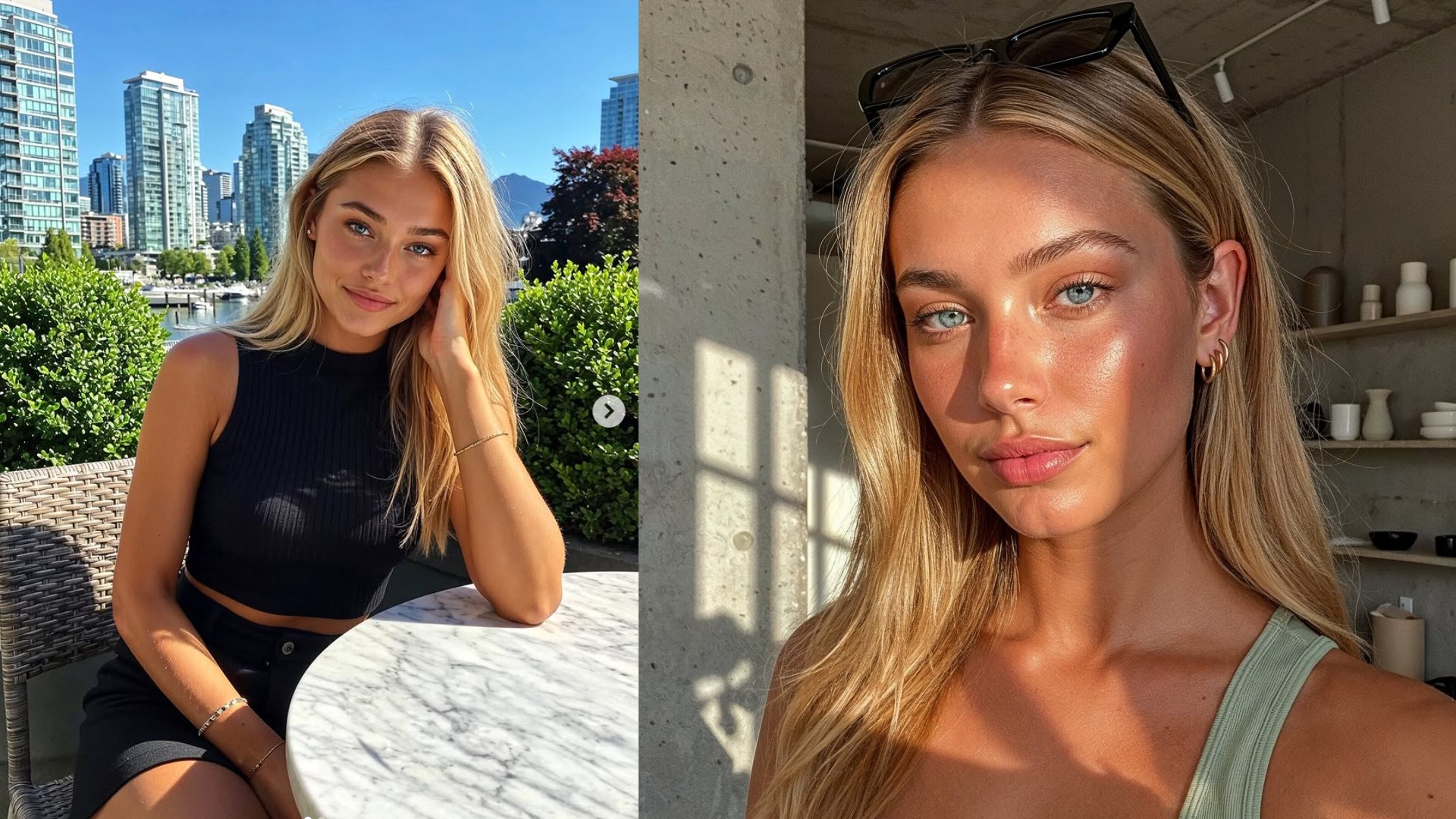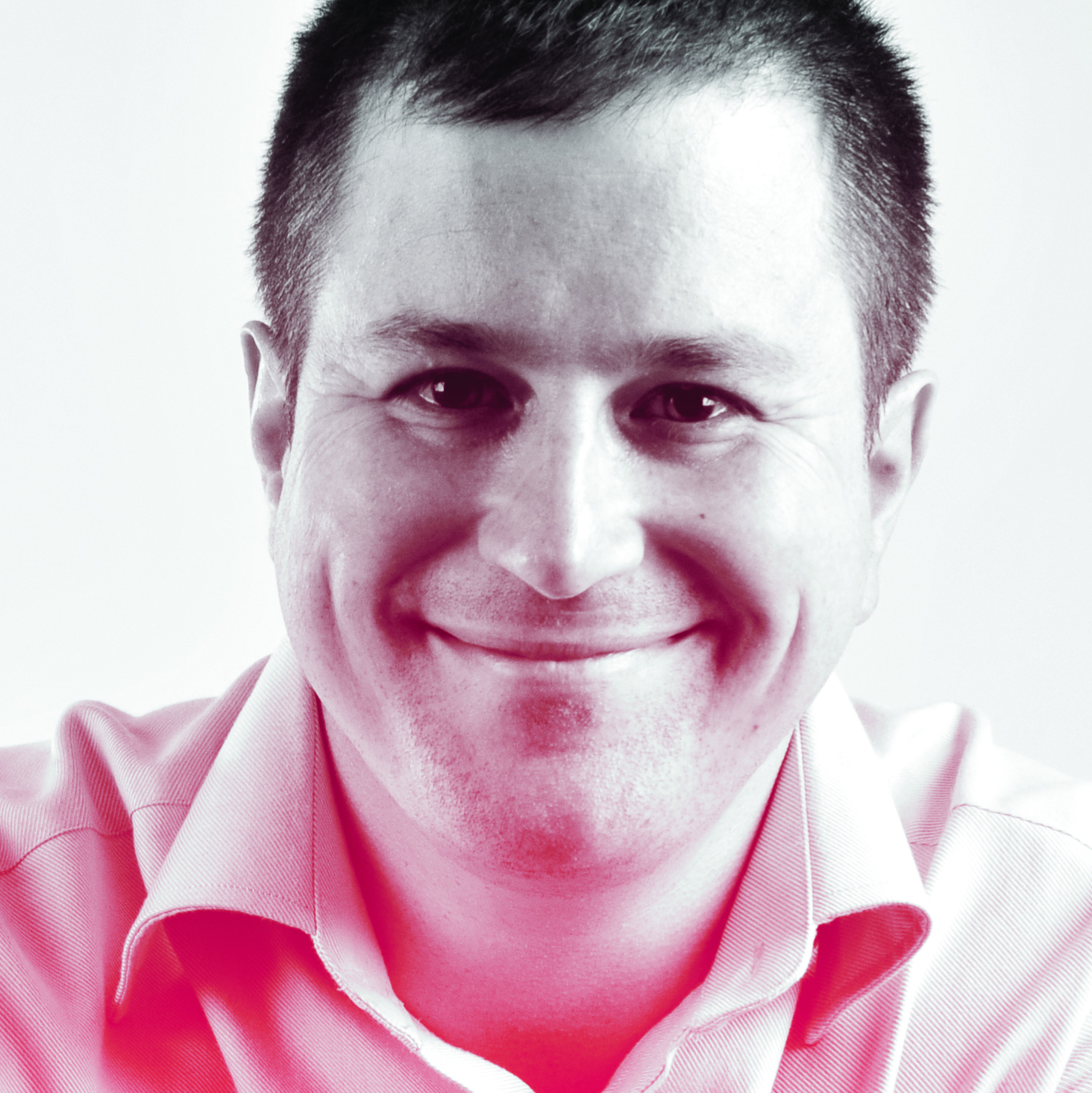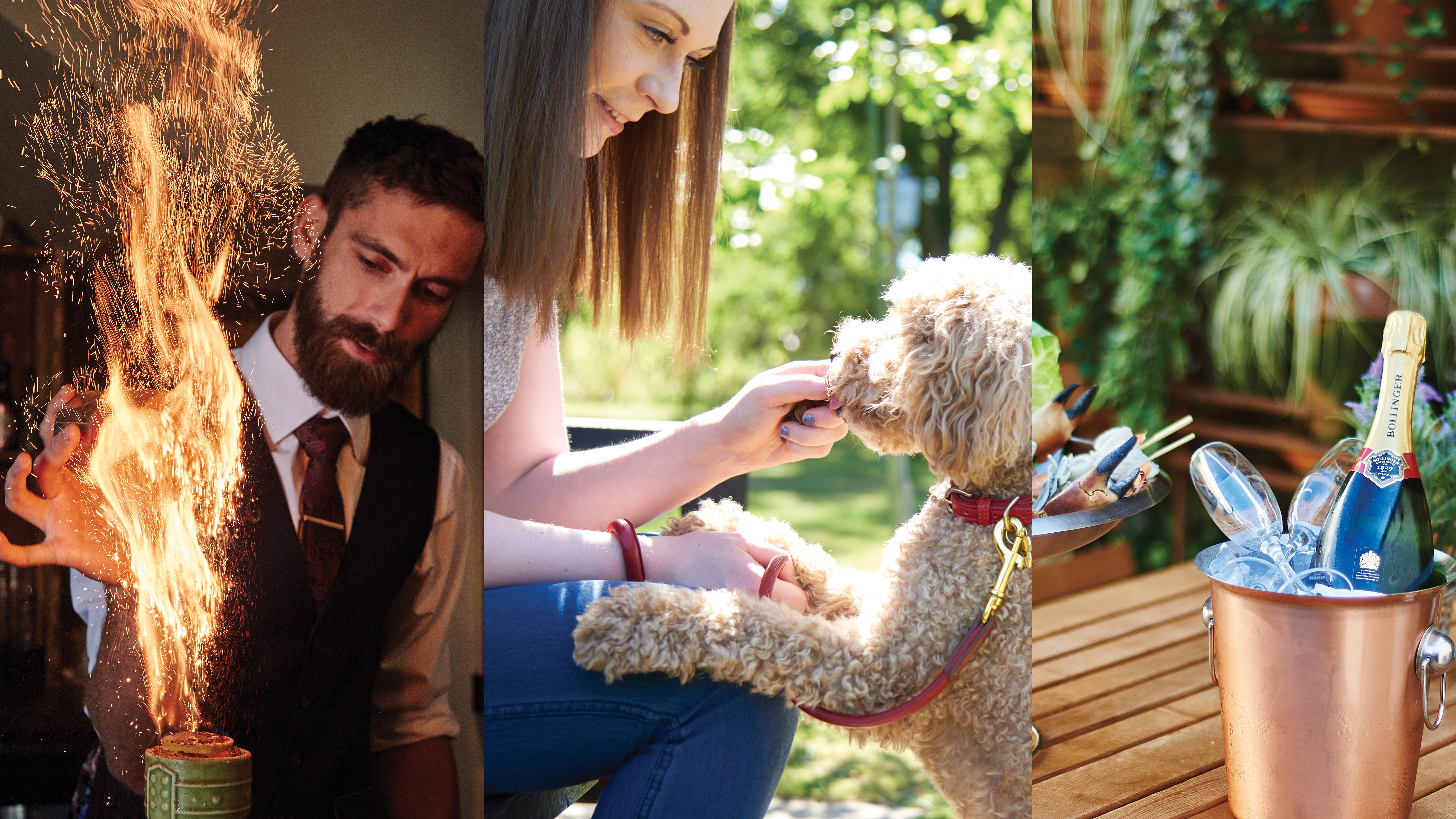
I've been working in the media for decades, often on women's magazines, and I thought I'd seen it all. Models who demand their coffee at exactly 154.4°F / 68°C. That celebrity who vetoed the perfect cover shot because their left eyebrow looked "too assertive". Influencers who insisted on two outfit changes for a single Instagram Story.
But nothing – and I mean nothing – prepared me for Mia Zelu.
Meet Instagram's latest darling: a blonde, blue-eyed "influencer" who recently graced Wimbledon with her presence, posting dreamy courtside shots that had her 160,000 followers swooning.
She wore a mint green blazer that fit like it was tailored by angels. Her hair cascaded in waves that would make a shampoo commercial weep with envy. And her skin was so flawless that it could have been carved from marble.
There's just one tiny problem: Mia Zelu doesn't exist.
Picture-perfect
You've guessed it: Mia Zelu is entirely AI-generated, a digital phantom conjured from algorithms and pixels. Her bio cheerfully admits that she's a "digital creator & influencer AI," but that didn't stop thousands from falling for her manufactured charm. Even Indian cricketer Rishabh Pant got caught up in the illusion before the truth emerged.
But here's what really stings: in most ways, her photos look better than those of most real influencers.
The best camera deals, reviews, product advice, and unmissable photography news, direct to your inbox!
The lighting is perfect. The composition is flawless. There's not a single blemish, stray hair or unflattering angle in sight. She's everything that Instagram demands – and absolutely nothing is real.
A post shared by 𝑀𝑖𝑎 𝑍𝑒𝑙𝑢 ♡ (@miazelu)
A photo posted by on
To anyone who's spent years perfecting their photography, watching AI create such "perfect" images must feel like being punched in the gut by a robot.
And it makes you wonder: why would anyone hire a photographer when they can generate exactly what they want without dealing with weather, lighting conditions or the inconvenience of actual humans?
The technology is advancing so rapidly that it's genuinely terrifying. AI can now create images that are indistinguishable from reality, complete with perfect skin, ideal proportions, and that elusive "golden hour" lighting that us mere mortals spend hours chasing.
It's like competing against an opponent who never gets tired, never makes mistakes, and never demands payment.
The silver lining
However, watching Mia Zelu's Wimbledon posts rack up likes and comments, it occurs to me that there might be a silver lining. If AI can create perfect virtual influencers, maybe real human influencers will start to feel the heat.
Maybe brands will realize that they can get the same manufactured perfection from pixels as they can from people, but without the drama, demands or diva behavior.
And if that happens, maybe traditional photographers in coveted photo locations will actually have room to shoot again.
A post shared by 𝑀𝑖𝑎 𝑍𝑒𝑙𝑢 ♡ (@miazelu)
A photo posted by on
Don't get me wrong – I know many honest, decent journalists, writers and photographers who've transitioned into being influencers, and serve up engaging content that their audiences love.
The problem isn't them; it's the 100 other wannabes who don't really know what they're doing, but still want to spend 90 minutes pouting at their phones in a prime photography location and don't care if they ruin everyone else's shot.
If the rise of AI influencers at least thins out this herd, then maybe the future might offer a Fashion Week without endless rows of people taking mirror selfies and museums without someone blocking the Mona Lisa while filming a TikTok.
In short, if AI influencers can satisfy the internet's hunger for perfect aspirational content, maybe the rest of us can get back to what photography was meant to be: capturing genuine moments, real emotions, and authentic stories. It's a thought, anyway.
You might also like…
If you're feeling brave, check out the best AI image generators. If you feel like doing things the old-fashioned way, take a look at the best mirrorless cameras and the best DSLRs.
Tom May is a freelance writer and editor specializing in art, photography, design and travel. He has been editor of Professional Photography magazine, associate editor at Creative Bloq, and deputy editor at net magazine. He has also worked for a wide range of mainstream titles including The Sun, Radio Times, NME, T3, Heat, Company and Bella.
You must confirm your public display name before commenting
Please logout and then login again, you will then be prompted to enter your display name.

